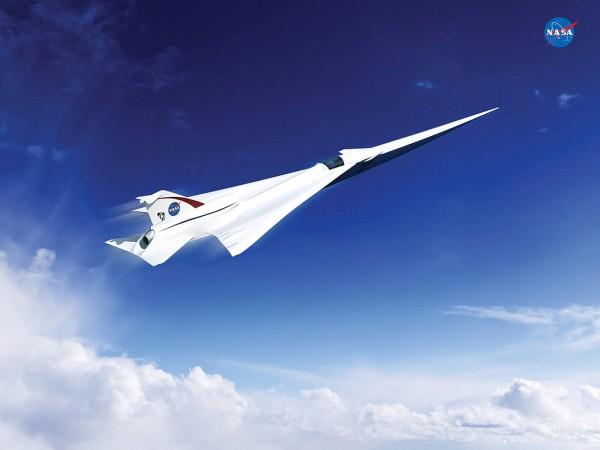
NASA is planning to devise a supersonic jet which would make travelling faster than the speed of sound (767mph) possible in the future.
ALSO READ: NASA releases new stunning Cassini image of Saturn's icy moon Enceladus
Here's all you need to know:
1. The supersonic jet that NASA is planning to develop will fly as a swift pace of 3,506 kph (2,179mph), making it possible for the passengers to cross the Atlantic ocean in just three hours.
2. The scientists aim at creating an advanced version of the Concorde supersonic passenger jet which was operational till 2003, to provide us with an improved futuristic commercial travel.
"NASA is working hard to make flight greener, safer and quieter – all while developing aircraft that travel faster, and building an aviation system that operates more efficiently," said NASA Administrator Charles Bolden.
"To that end, it's worth noting that it's been almost 70 years since Chuck Yeager broke the sound barrier in the Bell X-1 as part of our predecessor agency's high speed research. Now we're continuing that supersonic X-plane legacy with this preliminary design award for a quieter supersonic jet with an aim toward passenger flight," Bolden said further.
3. Scientists from NASA and Lockheed-Martin are carrying out this $390million project. New images of Plane-X, which is also known as Quiet Supersonic Technology (QueSST), have been released by NASA.
4. The researchers had carried out flight tests near the Kennedy Space Centre off the coast of Florida last month, but the noise level was found to be too high. The researchers aim at developing flights which are quieter and travel at a fast pace of 3,506kph, which would reduce the time duration of the travel.
5. It takes more than 8 hours to reach New York from London, at a speed as fast as this, it will take just 3.5 hours to cover the same distance.
"Supersonic flight offers the potential to improve the quality of life of those that fly, by greatly reducing travel time," said Peter Coen, NASA's Commercial Supersonic Technology project manager.
"In the nearer term, NASA's development of quiet supersonic flight technology needs support, interest and engagement from the community to ensure that the potential sound is acceptable to those on the ground," Coen added.
6. An enormous wind tunnel at NASA's Langley Research Center was used for testing the latest supersonic technology model.
7. Scientists are working towards devising a demo model of the supersonic jet for conducting some more tests. By the year 2021, the flight tests of the initial design of the supersonic jet test is likely to begin.

















